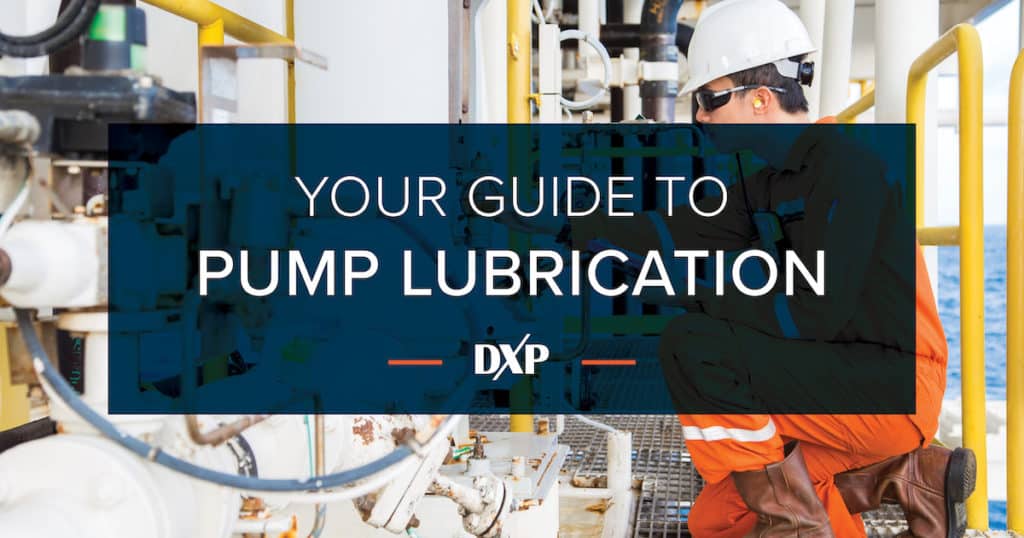Pump systems transport various materials, from water and chemicals to slurries and solids. Many different types of pumps use different mechanical processes to create suction and push liquids through the pump. For example, you have centrifugal pumps, diaphragm pumps, screw pumps, progressive cavity pumps, and many others.
Each pump and system type will require specific operation standards and maintenance procedures. In addition, specialized applications can call for particular equipment, custom configurations, and accessories to provide the desired performance characteristics. Lubrication is one of the most important factors to consider in industrial pump operation. Are you using suitable grease or oil to provide proper lubrication for bearings, mechanical seals, and other lubricated parts?
Here are some things you need to know when it comes to pump lubrication:
The Right Type of Pump Lubrication
You can always consult the operating manual from the OEM when in doubt. Unless you have modified parts or added aftermarket components, the original equipment should have specifications for the right type(s) of lubricants. They may recommend a base-performance oil or grease suitable for their equipment.
You may still be able to upgrade the lubrication to meet extreme operating conditions. For example, your application may call for a unique type of lubrication, or you have to deal with extreme temperatures, pressures, and flows that the original lubrication cannot handle. Still, understand the appropriate lubricant type for your bearings and seals. Then, you can find a higher-grade lubricant in the same category that meets your demands.
Proper Lubrication and Maintenance
Sometimes, it’s not the type or quality of lubrication that is the problem. Operators apply too much or too little lubrication, which can hinder the pump system’s performance and potentially damage the equipment. Too little lubrication can lead to excess wear and tear on all pump components, resulting in a disastrous shutdown or failure. On the other hand, too much lubricant affects seals and causes rotating parts to move too loosely. Like Goldilocks, you want to find a ‘just right’ lubrication amount.
Another common problem is operators failing to keep up with the necessary lubrication maintenance. The “if it ain’t broke, don’t fix it” approach is a recipe for disaster in the pump industry. Instead, you must perform periodic preventative maintenance to keep your pump equipment running its best. Checking the lubrication, adding lubrication when needed, or replacing lubrication are all essential steps to take as part of your pump maintenance routine. Take care of the equipment with proper lubrication. As a result, you will achieve better pump system performance, and all pump components should last much longer.
Custom Pump System Design
Some applications demand pump system performance and features beyond the stock pump’s capabilities. You may need additional equipment or a completely customized system to achieve desired performance— specialized mechanical seals or seals made from specific corrosion-resistant materials are two examples. Perhaps the bearings need an upgrade, as well. These parts may require specialized lubricants and maintenance to maintain the best pumping results.
There is no one correct answer to all your pump lubrication needs. It’s vital to understand your application and your pump system to manage lubrication and maintenance—this is how you optimize your equipment for many years to come. For help with pump lubrication, custom system design, and pump maintenance services, contact DXP Pacific today. Let us help you keep your pump running right and doing what it is designed to do.

